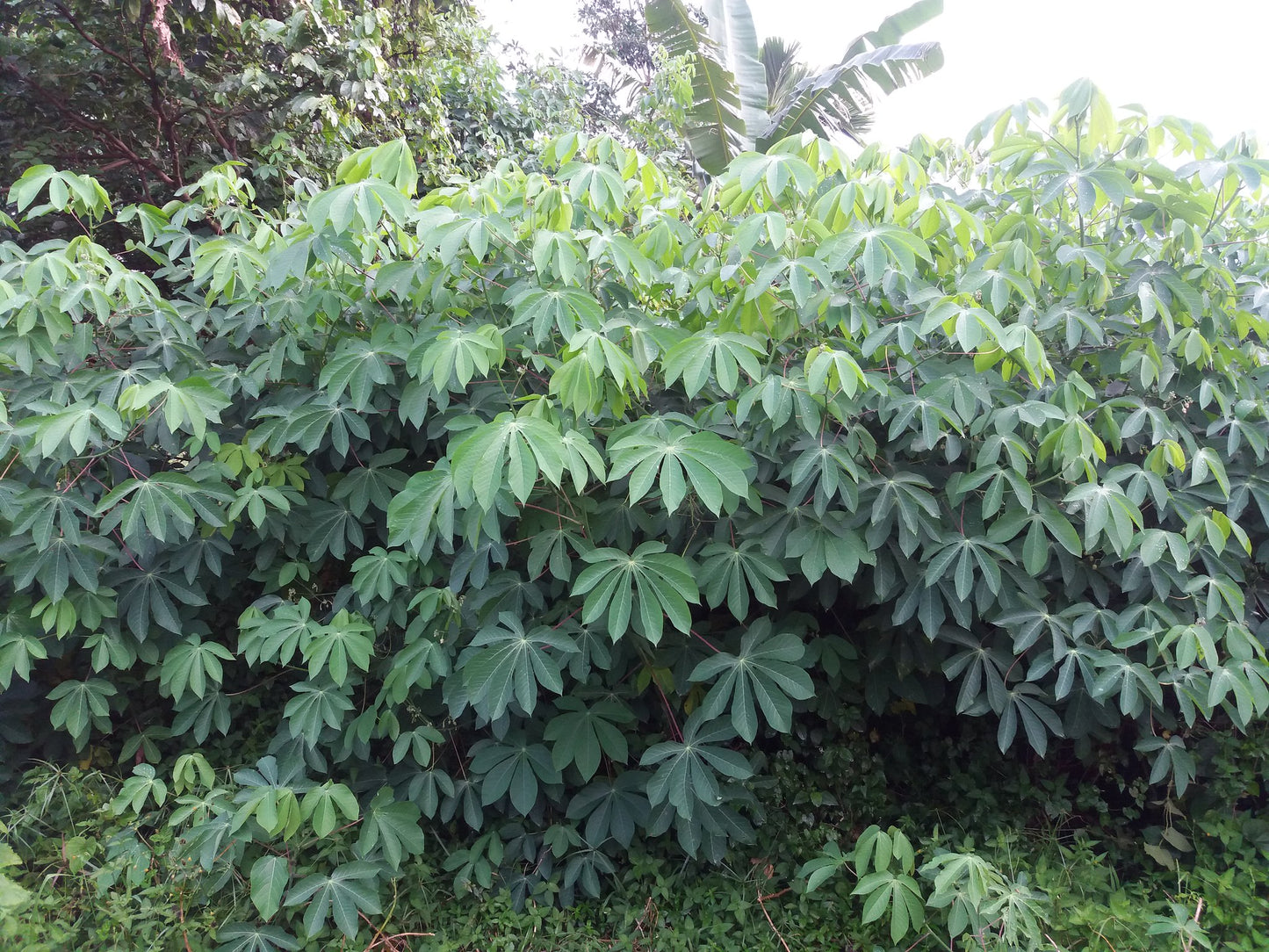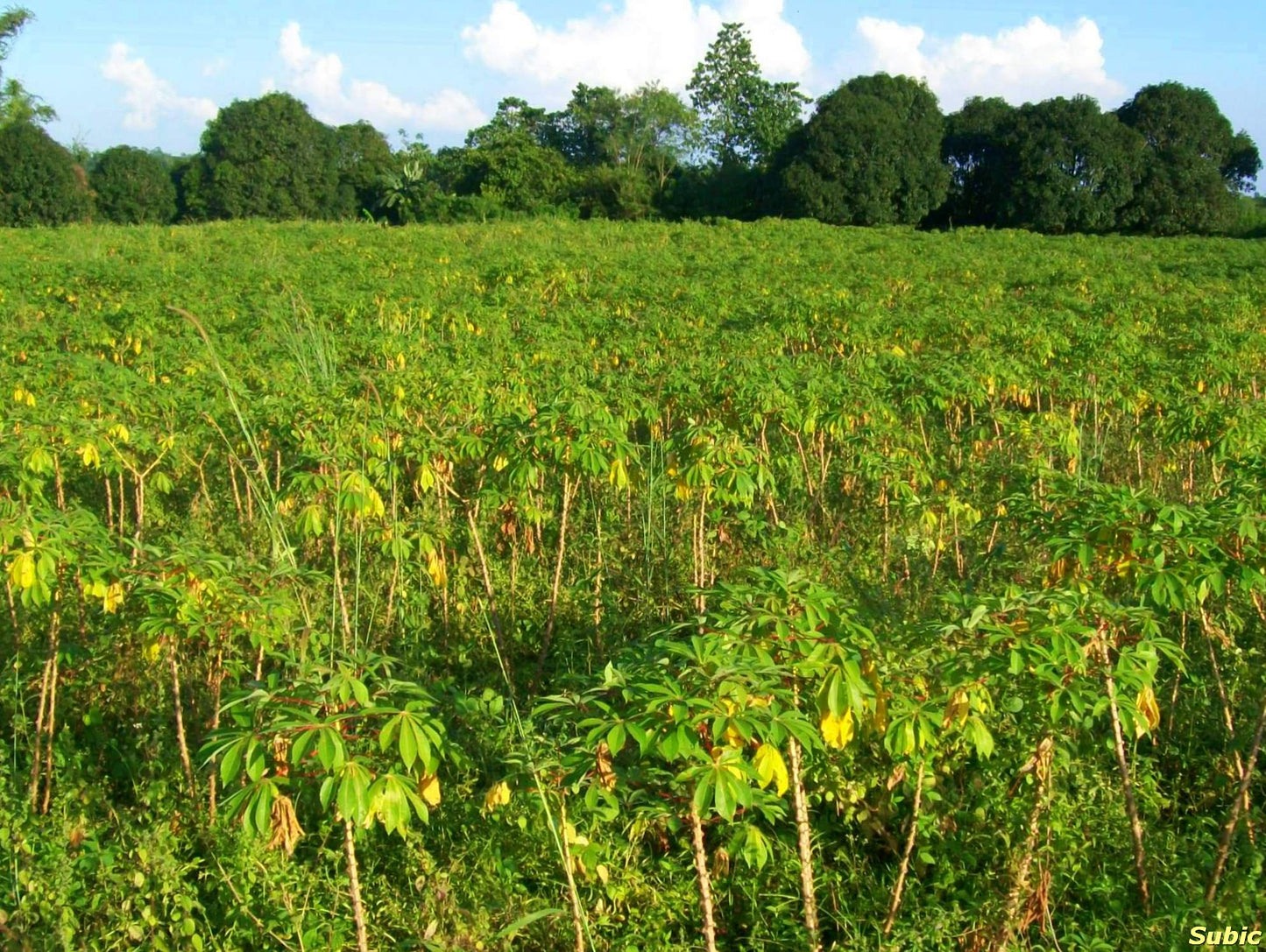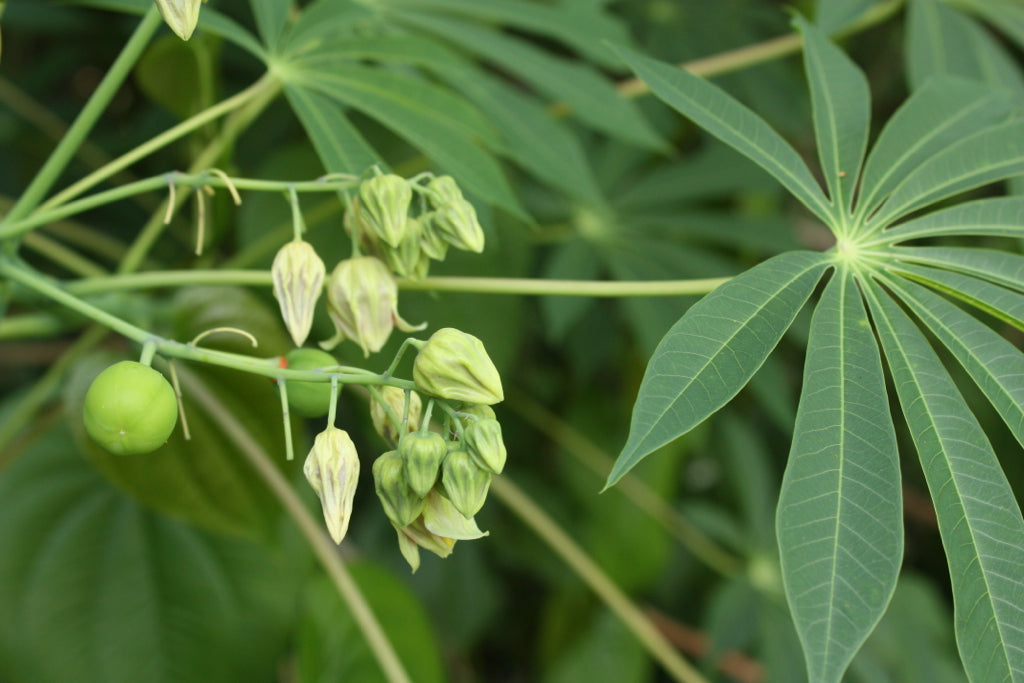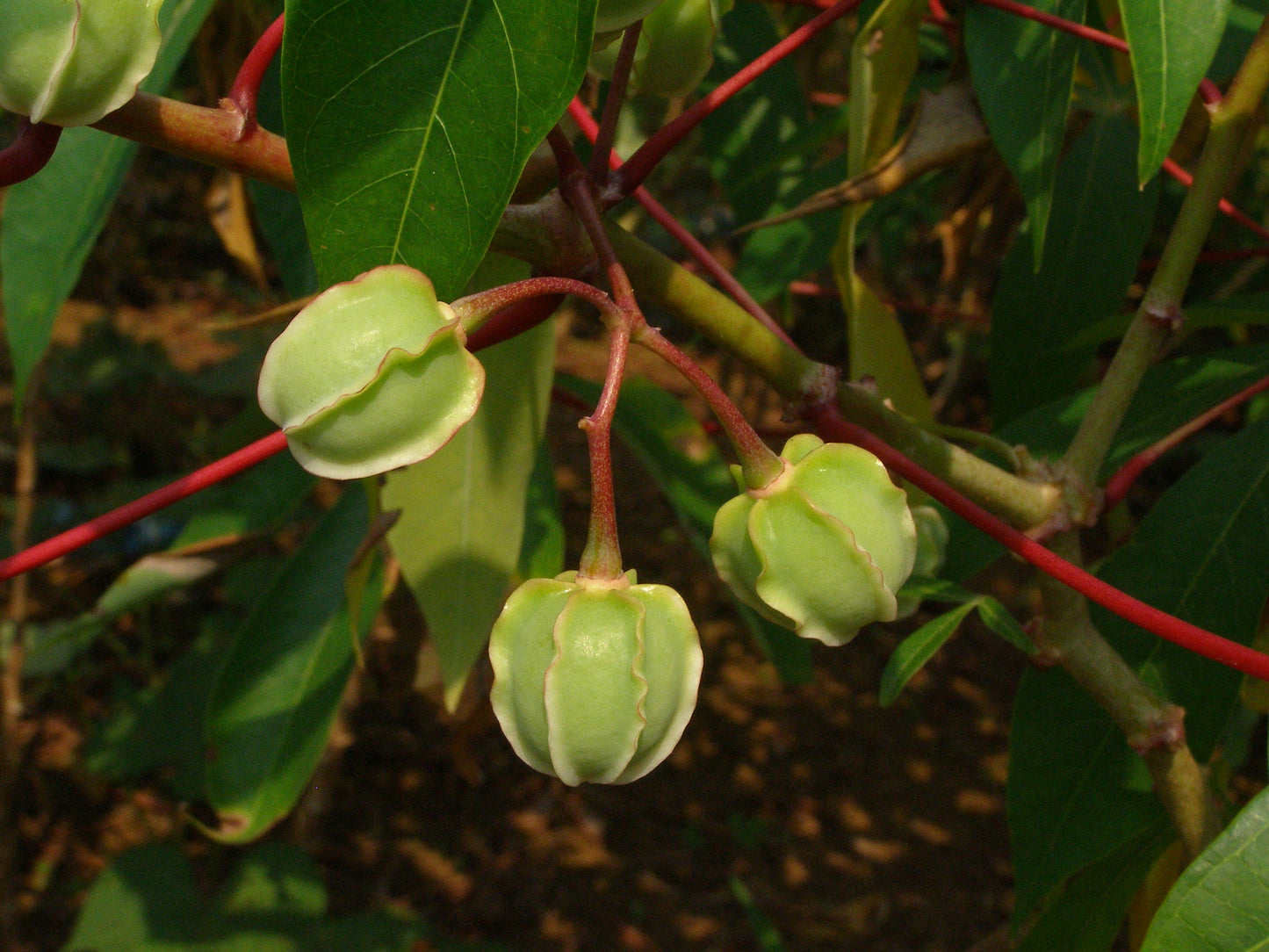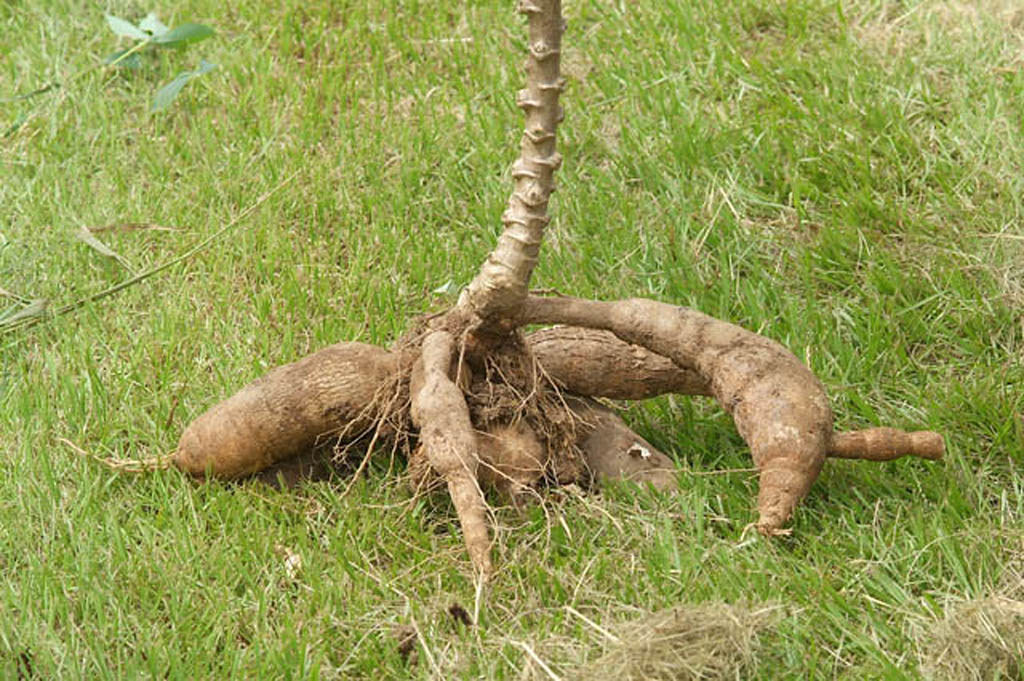Floridaseeds
Tapioca Cassava Manihot escultenta 10 Seeds
Tapioca Cassava Manihot escultenta 10 Seeds
Couldn't load pickup availability
Winter hardy to USDA Zones 10-12 where best growth occurs in evenly moist, fertile, sandy, well-drained soils in full sun to part shade. Plants are evergreen in Zones 10-12. Plants may be grown in USDA Zones 8-9, but are intolerant of frost and will die to the ground at the first fall/winter freeze, sprouting again in spring. Plants generally require 8-9 months of frost-free weather in order to produce roots worthy of harvest. Where not winter hardy, this plant may be grown as an annual or in containers that are overwintered indoors.
Growing Instructions for the Tapioca
The seeds have a hard seed coat that has to be treated, or scarified, in order for water to enter the seeds so that they can sprout. 1. Scarify the seeds by nicking or sanding the seed coat. The seeds can be sanded with sandpaper, a nail file or an emery board. 2. Soak the seeds in water for several hours. 3. Put a mixture of potting soil and sand or perlite into a pot with drainage holes in the base. The soil should be moist and well-drained. 4. Sow the seeds on the soil. 5. Cover the seeds with a layer of soil that is 0.5 inches thick. 6. Water the seeds. Keep the soil moist but not wet. 7. Place the seeds in an area that is in part shade. 8. The seeds germinate in 24-50 days. 9. When the plants are a few inches tall, they can be transplanted.








